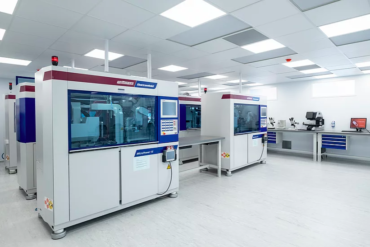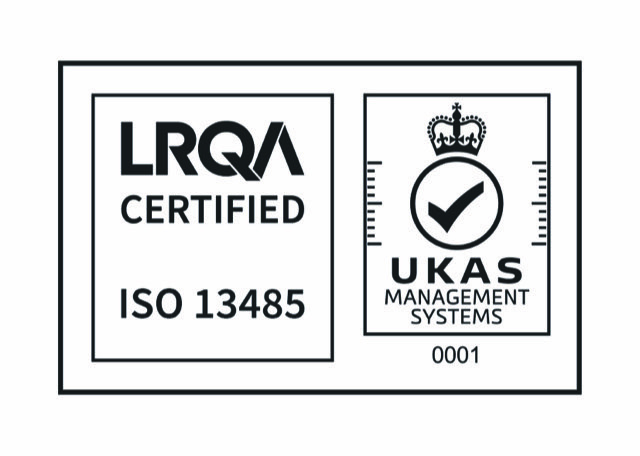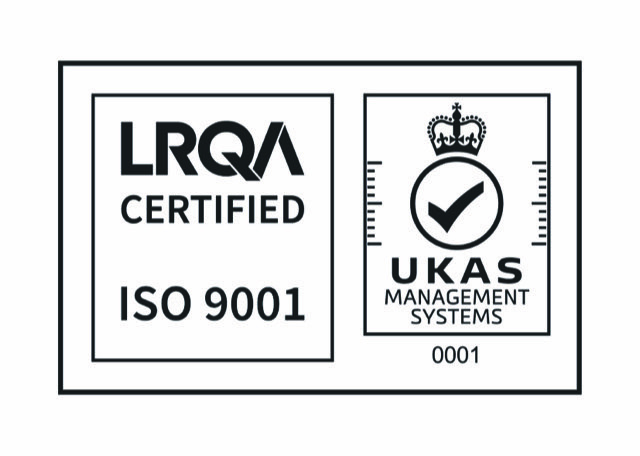UK Medical Device Classification
Classification of general medical devices
In the UK, general medical devices are divided into four groups with escalating levels of risk under rule 7 of the Medical Devices Regulations 2002 (SI 2002 No 618, as amended) (UK medical devices regulations): Class I, IIa, IIb, or III. Any instrument, equipment, appliance, software, implant, reagent, substance, or other item designed by the maker to be used, alone or in conjunction, for humans is referred to as a “medical device.”
- Class I items are the lowest danger, such as needle-free syringes, medication spoons, eyeglasses, basic adhesive bandages, and examination lamps.
- Class IIa items include suture needles, conventional hearing aids, TENS devices, and short-term corrective contact lenses.
- Class IIb equipment include items like apnoea monitors, ventilators, surgical lasers, and diagnostic X-ray sources.
- Class III – greatest risk, including pacemakers, complete hip replacement systems, breast implants, IUDs for contraception, and medical devices that include drugs.
By conducting an evaluation known as a conformity assessment, manufacturers must show that their medical equipment complies with the pertinent standards in the UK medical devices rules. The classification of the device will determine the type and degree of the examination that is necessary.
In some situations, the classification rules could be amended. For example, depending on their intended usage, non-invasive medical devices that contact mucous membranes (rather than just wounded skin) might be categorised as Class I or Class IIa (A patch of skin or a mucous membrane that exhibits a pathological change, a change brought on by illness or a wound, is referred to as having injured skin or mucous membranes).
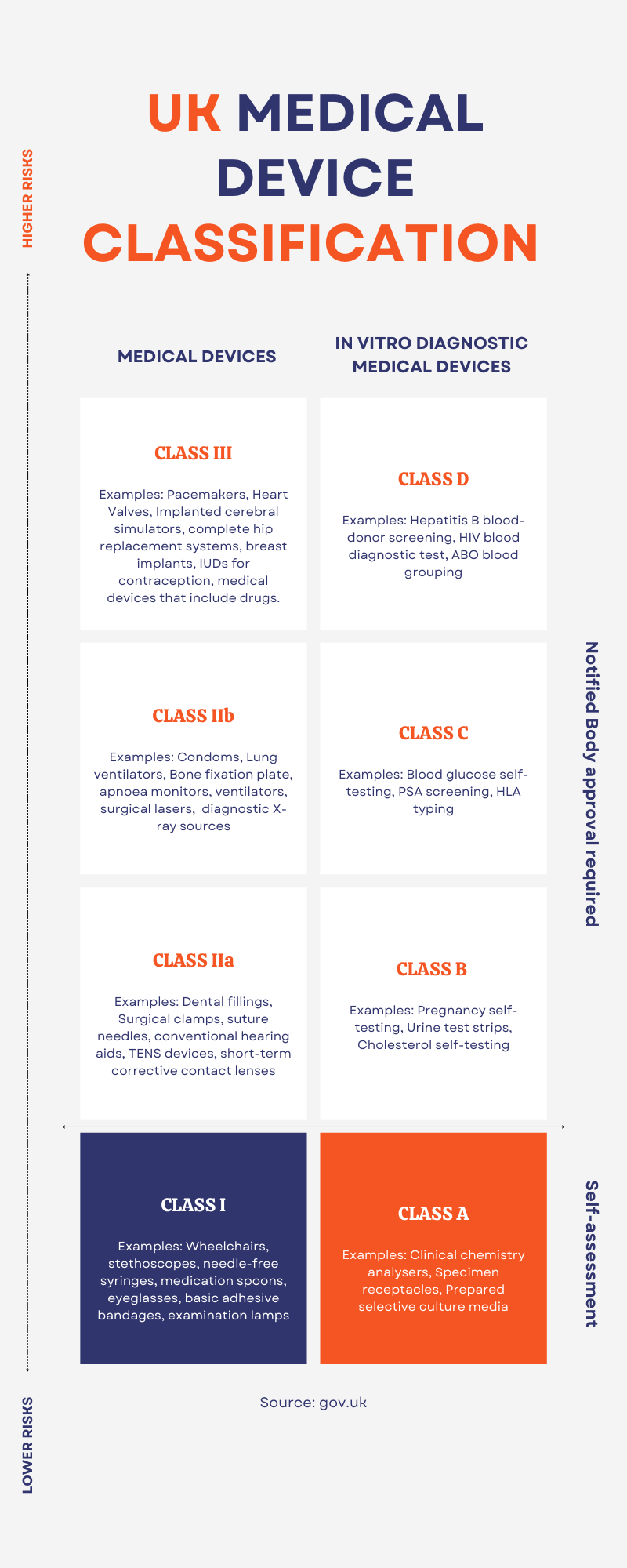
Classification of In Vitro Diagnostic Medical Devices
A medical device that is a reagent, reagent product, calibrator, control material, kit, instrument, apparatus, piece of equipment, software, or system that is intended by the manufacturer to be used in vitro for the examination of specimens, including blood and tissue donations, derived from the human body is referred to as a “in vitro diagnostic medical device”. Some examples of In Vitro Diagnostic medical devices include pregnancy tests and blood glucose monitors.
- Class A: examples include clinical chemistry analysers, specimen receptacles, prepared selective culture media.
- Class B: examples include pregnancy self-testing, urine test strips, cholesterol self-testing.
- Class C: examples include blood glucose self-testing, PSA screening, HLA typing.
- Class D: examples include Hepatitis B blood-donour screening, HIV blood diagnostic test, ABO blood grouping.
Other sources regarding Medical device classification in the UK
Manufacturers of medical devices, active implantable devices, in vitro diagnostics, and academics with commercial aspirations are all subject to the Medical Devices Regulations of 2002. Manufacturers, investors and distributors should also review other MHRA documents for compliance guidance in Great Britain, Northern Ireland and the EU (EU MDR and EU IVDR).
- Specific guidance for in vitro diagnostics
- Guidance on conformity assessment and UKCA marking
- Guidance on exemptions for in-house manufacture: for medical devices and for in vitro diagnostics (section 2.7 and appendix).
- detailed guidance on how to comply with the legal requirements for the Great Britain market.
- Summary of Class I medical device requirement
- MHRA’s clinical investigations of medical devices – guidance for investigators (PDF)
- MHRA’s clinical investigations of medical devices – guidance for manufacturers (PDF)
- MHRA guidance on in-house exemptions
- MHRA guidance for Northern Ireland implementation of EU MDR and EU IVDR and their interactive guide
- MHRA guidance on health institute exemption under EU MDR and EU IVDR
- Oxford Global Guidance to help you determine whether your medical device is within scope of EU MDR or EU IVDR, and its class
- EU Commission factsheets to help navigate EU MDR and EU IVDR.
- Companion diagnostics: requirements under the new IVDR
- Implementing the EU in vitro diagnostic regulation – a European regulatory perspective on companion diagnostics.
- IVD performance evaluation studies need to be registered with MHRA.
- Medical devices: software applications (apps) to determine which class.
- NHS AI Lab on AI development
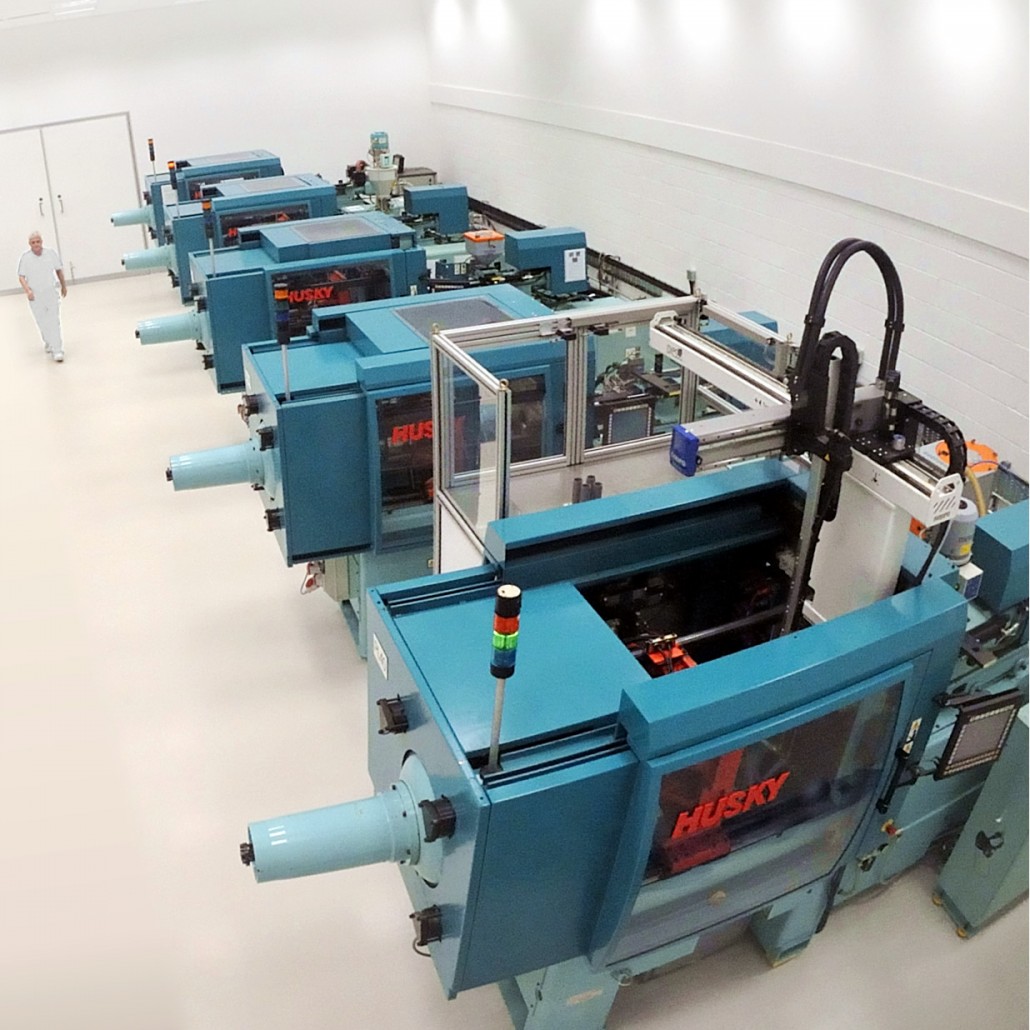
Micro Systems has 20 years of experience in manufacturing medical devices for top life sciences companies in the UK and other countries. Our team of experts can provide you with the latest insights and technology to develop your medical device and in vitro diagnostic device projects. Contact us today!


